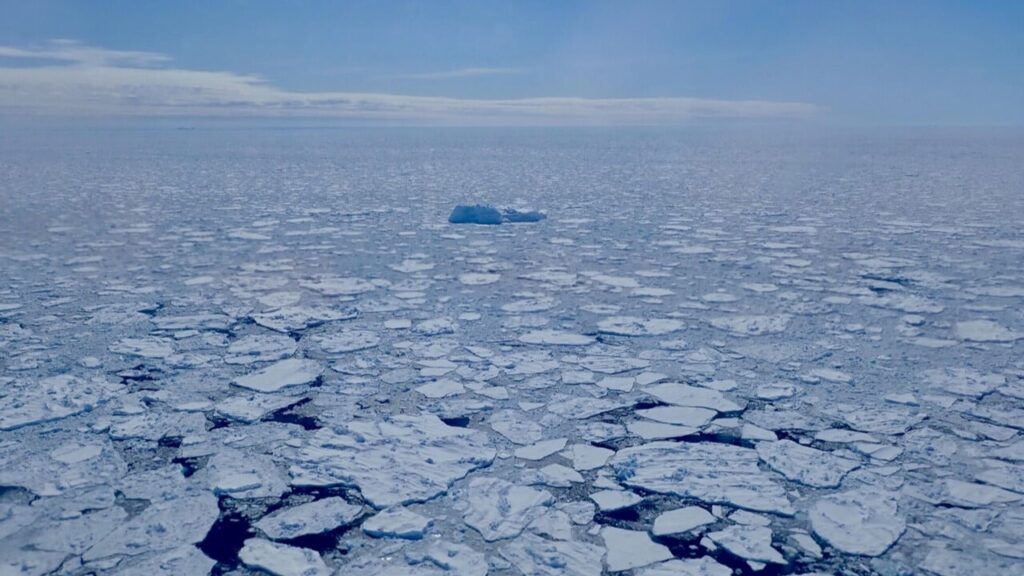In February 2025, global sea ice levels reached a new low, as both the Arctic and Antarctic recorded significant losses. Arctic sea ice was 8% below the February average, while Antarctic sea ice was 26% lower, marking its fourth lowest level for the month. This continues a trend of declining sea ice, driven primarily by global temperature increases. As sea ice melts, darker ocean waters absorb more sunlight, further warming the ocean and accelerating ice loss—a feedback loop that exacerbates the situation.
February 2025 was also noted as the third warmest February on record, with temperatures 1.59 degrees Celsius above the 1.5-degree benchmark set by the Paris climate agreement in 2016. The Arctic Ocean ice minimum is decreasing at a rate of 13% per decade, impacting not only local communities but also global ocean circulation, affecting marine ecosystems and weather patterns.
These changes disrupt the ocean’s food web and can lead to stronger storms, heat waves, and droughts, severely impacting agriculture and water supplies. The interconnectedness of the climate system means that shifts in one area can have worldwide implications, underscoring the need for action against climate change to protect ecosystems, stabilize weather patterns, and ensure food security.
Source link


